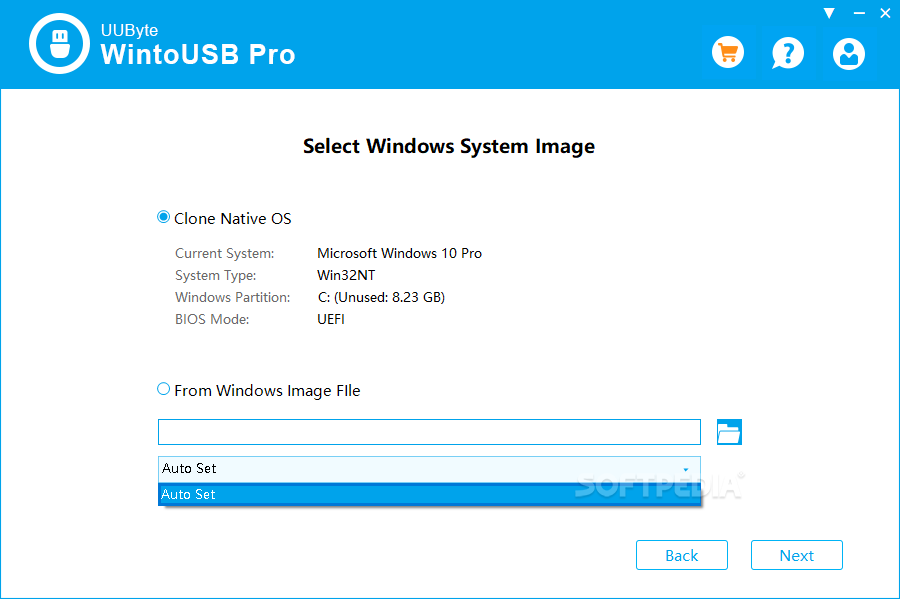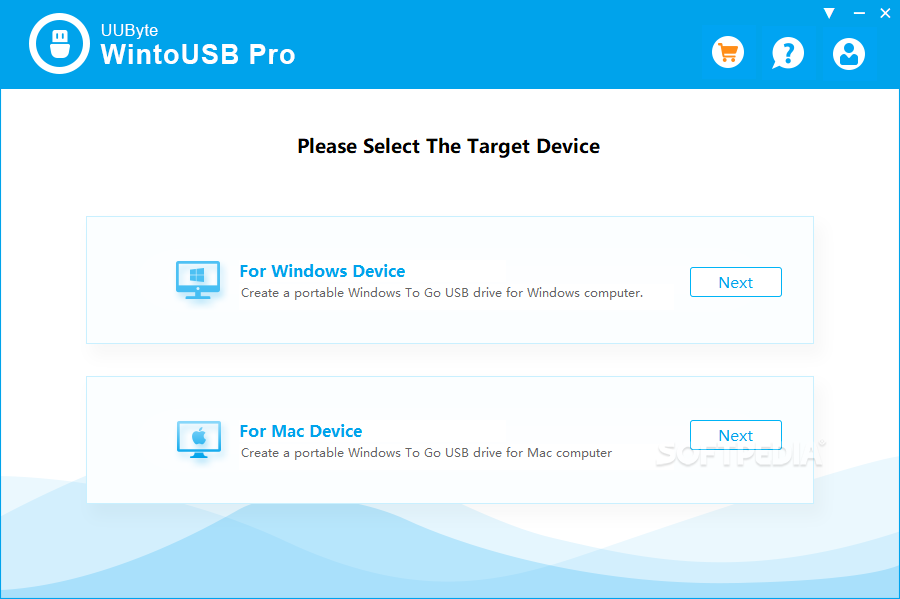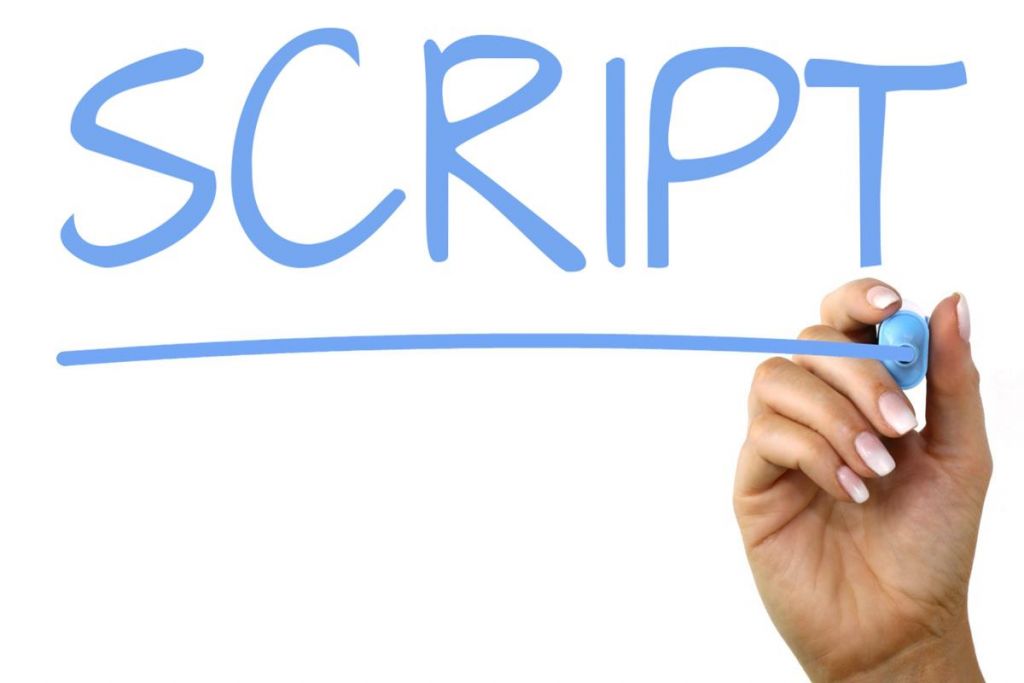
This profile is remembered and automatically selected on subsequent boot-ups. Microsoft's To Go documents note that a process called "respecialize" identifies and loads drivers for a specific machine during the first boot-up, along with disabling drivers that aren't required. Older systems that originally sold with Vista or XP may work, too, but will have reduced processing power and slower USB ports, meaning they might not meet the minimum hardware requirements, listed below:

This feature is intended as a convenient way for workers to carry their corporate environments with them, but having your own copy of Windows on a thumb drive could be handy for backup purposes, too, or if you frequently use public machines that lack your preferences/applications or that have a restricted OS.įor a long time this was a neat thing you could do with many Linux distros (we plan to cover Linux Live on a separate article soon), but barring driver complications and hardware limitations, a Windows To Go drive should boot from "most" computers.īooting a Windows 10 "To Go" drive on a modern machine that shipped with Windows 10 is likely to work fine, and because performance if often of the essence, a USB 3.0 port is always desirable.

The MBA can't identify the UFD at all (holding Option key just after power-on).Did you know that a full copy of Windows can be installed and run from a USB drive? Microsoft introduced "Windows To Go" with Windows 8 Enterprise and has continued supporting the feature in Windows 10, which can be kept on a pen drive in your pocket as a portable operating system. The problem is: it won't boot on the MBA. WintoUSB finally created a single-partition NTFS on the UFD, which can boot, install and run Windows 10 Pro on a Windows notebook. Also, the "Legacy" option was disabled, leaving only VHD selectable. There was no choice, only one partition for both. Afterwards, it prompted to select the system partition and boot partition. Are you sure you want to continue?" Clicked OK and it formatted the UFD to a single partition of NTFS. Selected SanDisk Extreme, it popped a dialog saying that "Windows performance might be impacted if you use this USB flash drive to create Windows To Go workspace.


Which version of WintoUSB did you use - free or paid? I use the free version, so I can choose the non-Enterprise only.Īfter selecting the ISO (Windows 10 Pro), the select destination disk screen came up. On what system did you run WintoUSB? Windows 10 Enterprise? I use Windows 10 Pro.Ģ.


 0 kommentar(er)
0 kommentar(er)
